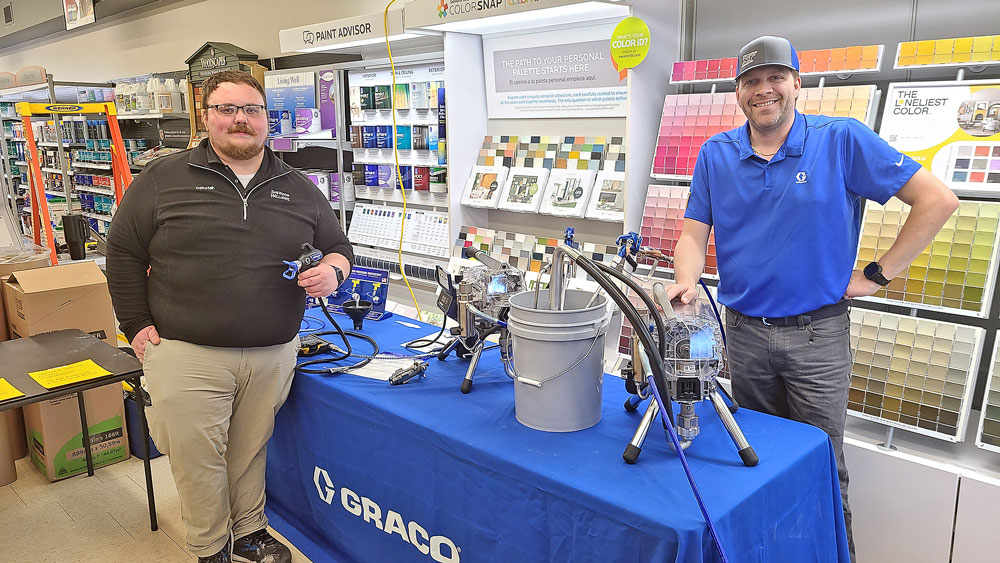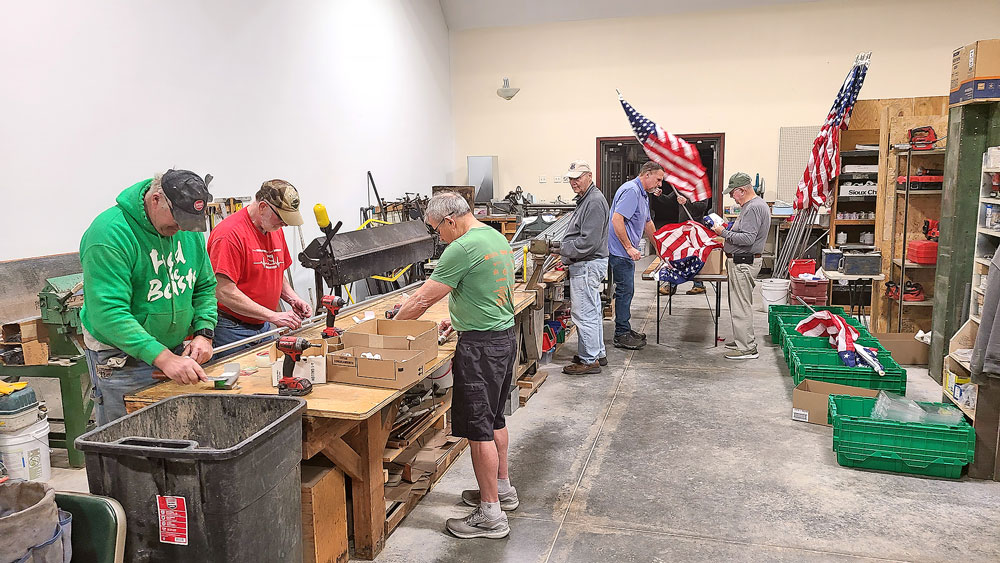Area farmers waiting for soil to warm, dry
By James Grob, jgrob@charlescitypress.com
The unusually late winter weather this year has made things difficult for farmers who want to plant corn, but according to ISU Extension Field Agronomist Terry Basol, there’s still time to recover.
Even though storms have dumped snow and dragged colder temperatures through northern Iowa, Basol, based in Nashua, said soil temperatures have risen fast.
“With the warmer weather this week, those temperatures should be stabilized,” Basol said. “If there’s no snow cover, and just bare soil, the soil absorbs the sunlight and warms it up quicker.”
In early April, Basol said the soil temperature throughout this region of the state was a chilly 32 degrees. On Monday, Basol tested soil that was up to 51 degrees.
“We want our soil temperature to be at least 50 degrees — preferably warmer than that — at a four-inch level,” Basol said. “We also want to maintain that temperature for a few days after it gets planted. We want the soil to be solid and not too wet.”
The USDA’s latest Weekly Crop Progress Report, for the week that ended April 22, showed no corn planted in Iowa. Iowa’s five-year average shows 11 percent of the state’s corn acreage is usually planted by now. Illinois farmers have 4 percent of that state’s 2018 corn crop planted as of April 22, compared to a five-year average of 20 percent. Like Iowa, Minnesota has no corn planted vs. a 13 percent average for the past five years.
Another round of cold, wet weather and significant snowfall again kept Iowa farmers from the field for much of the past week, according to the report.
“Iowa is now well behind the five-year average of 11 percent of corn planted by April 22,” noted Mike Naig, Iowa agricultural secretary. “Starting late last week, we began getting more seasonal weather, allowing some farmers in southern Iowa to begin spring fieldwork and do some corn planting. Hopefully, we’ll continue to see warmer and dryer weather so farmers across the state can get in the fields and start spring planting.”
Soil temperatures for last week averaged in mid-to-upper 40s in Iowa on April 22. Maximum temperatures averaged in the 40s for the northern half of the state and the low to mid-50s for the southern half.
“Once we get soil temperatures where we want them to be, we want the soil to dry out so we have a good seed bed to plant,” said Basol. “Then we want an extended forecast of good temperatures, for at least five days, after the corn gets planted to allow it to germinate.”
The USDA reported that with weather finally warming up, farmers are beginning to apply anhydrous ammonia in central and southern Iowa this week. Some corn will be planted by end of the week if soils continue to warm and it doesn’t rain.
“Some farmers in the southern edges of this area have found dry enough ground to get anhydrous ammonia down,” said Basol “There might even be some surface application of fertilizer, depending on the soil conditions, but I haven’t seen a whole lot of that around here yet.”
Basol said that planting activity could start happening here sooner rather than later.
“If the weather holds and we get some nice winds to dry the fields, we might see some activity around here late this week or early next week,” Basol said. “The farmers know their fields, and they know which ones they can start on.”
Basol said that once the farmers can finally get started, today’s modern equipment allows them to get the job done fast.
“A lot of it depends on Mother Nature, but if we continue to stay dry, and there’s nothing to slow them down, we could have fair proportion of acres planted very quickly,” he said. “With today’s technology, growers can get a lot done in just three or four days.”
Basol compares this year to an unusually rainy spring a few years ago.
“It was a really wet, rainy spring and farmers were really pushed for time. They got 80 to 90 percent planted within a four-day window,” he said. “These days, they have the capacity to get a lot planted in a short period of time.”
Basol warned area farmers to be cautious.
“It’s a busy time of the year, and as our window narrows, growers get more exuberant. That can lead to accidents,” Basol said. “I just hope farmers think things through, always think twice, stay safe and communicate. Communication is really important.”








Social Share